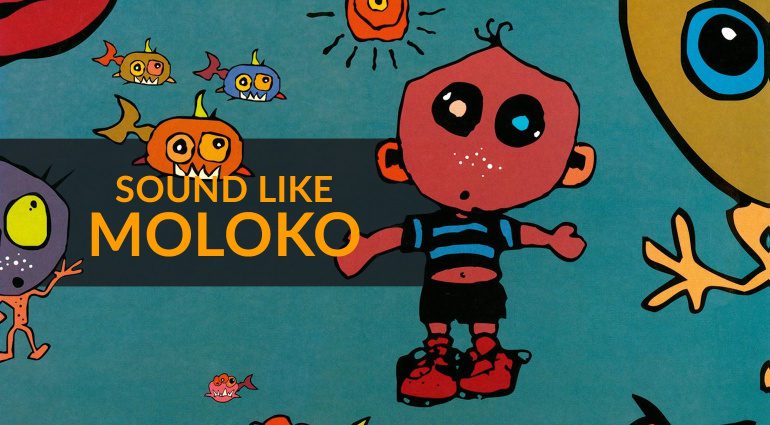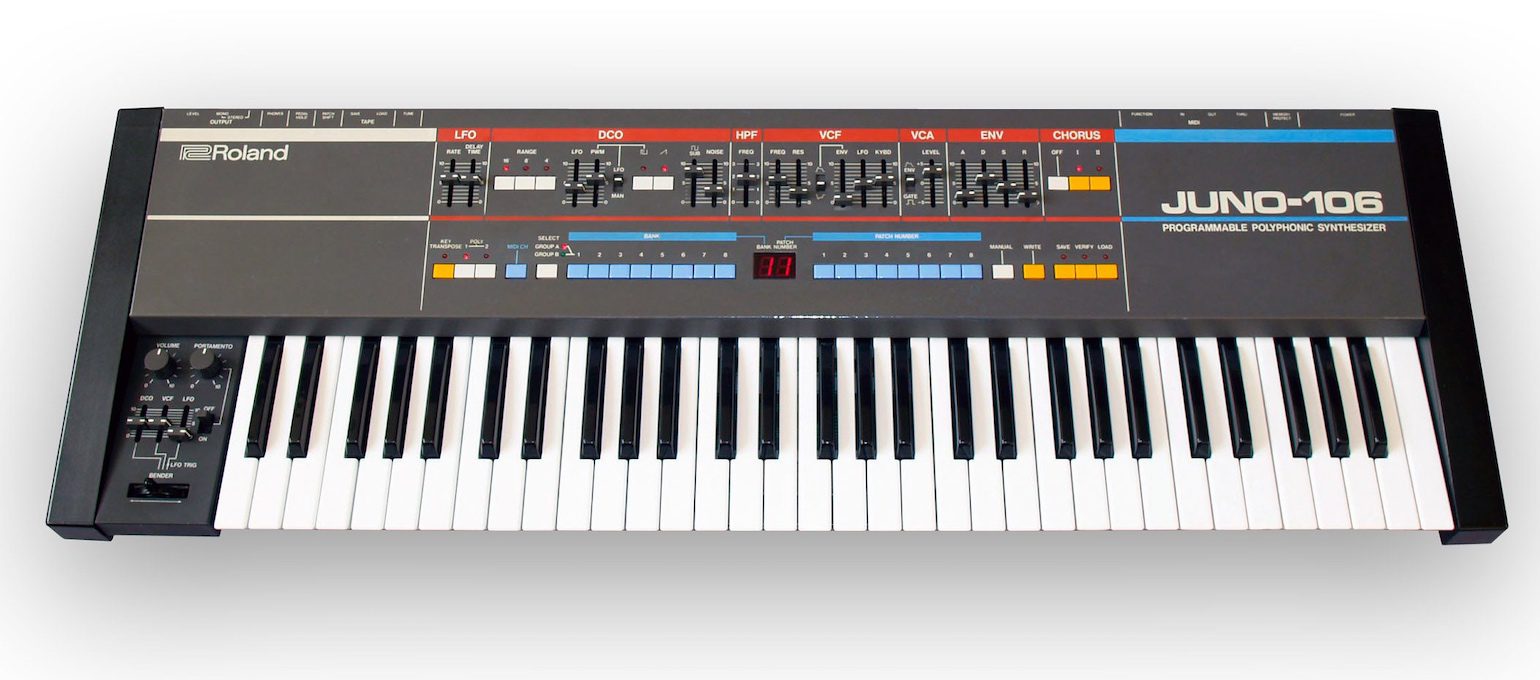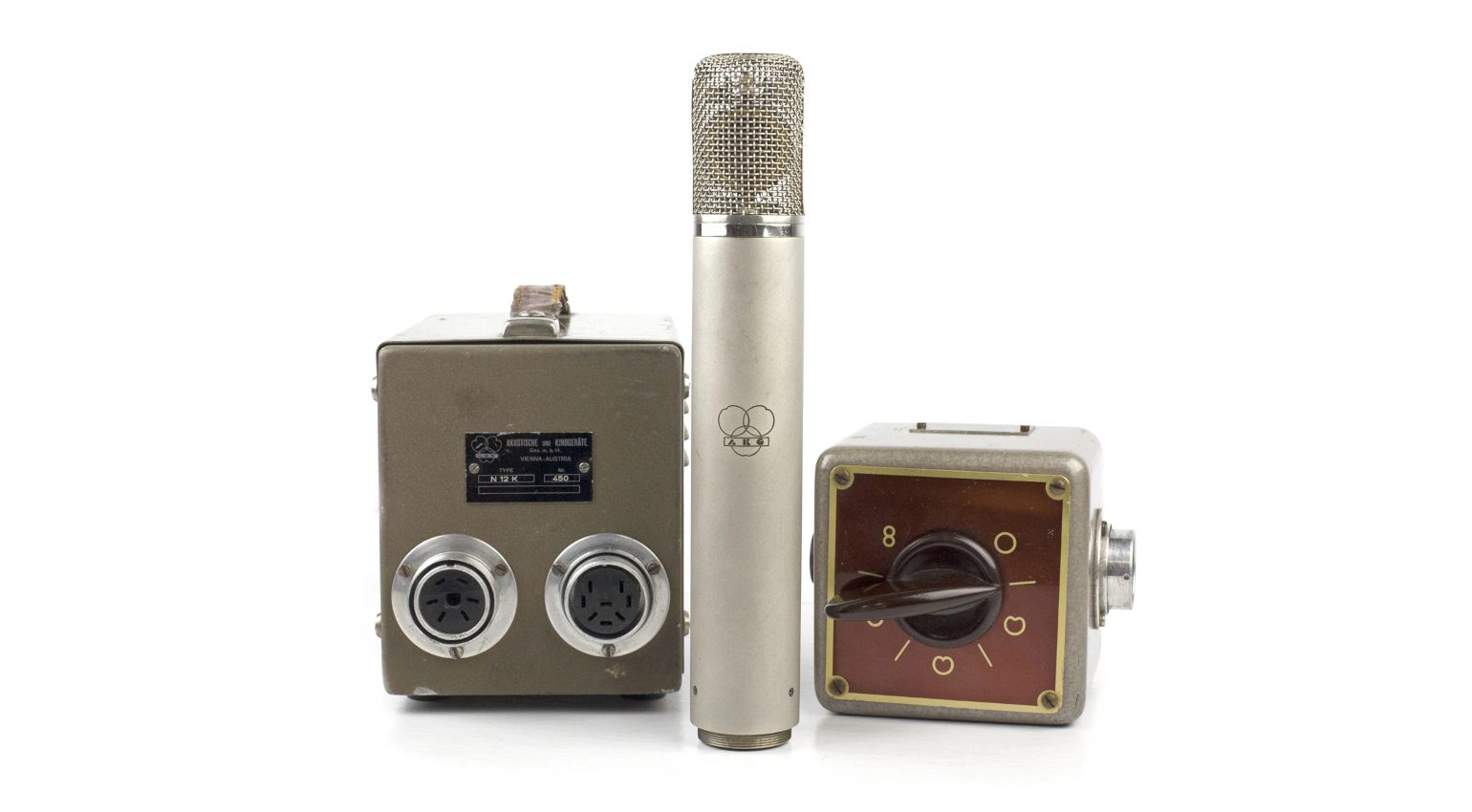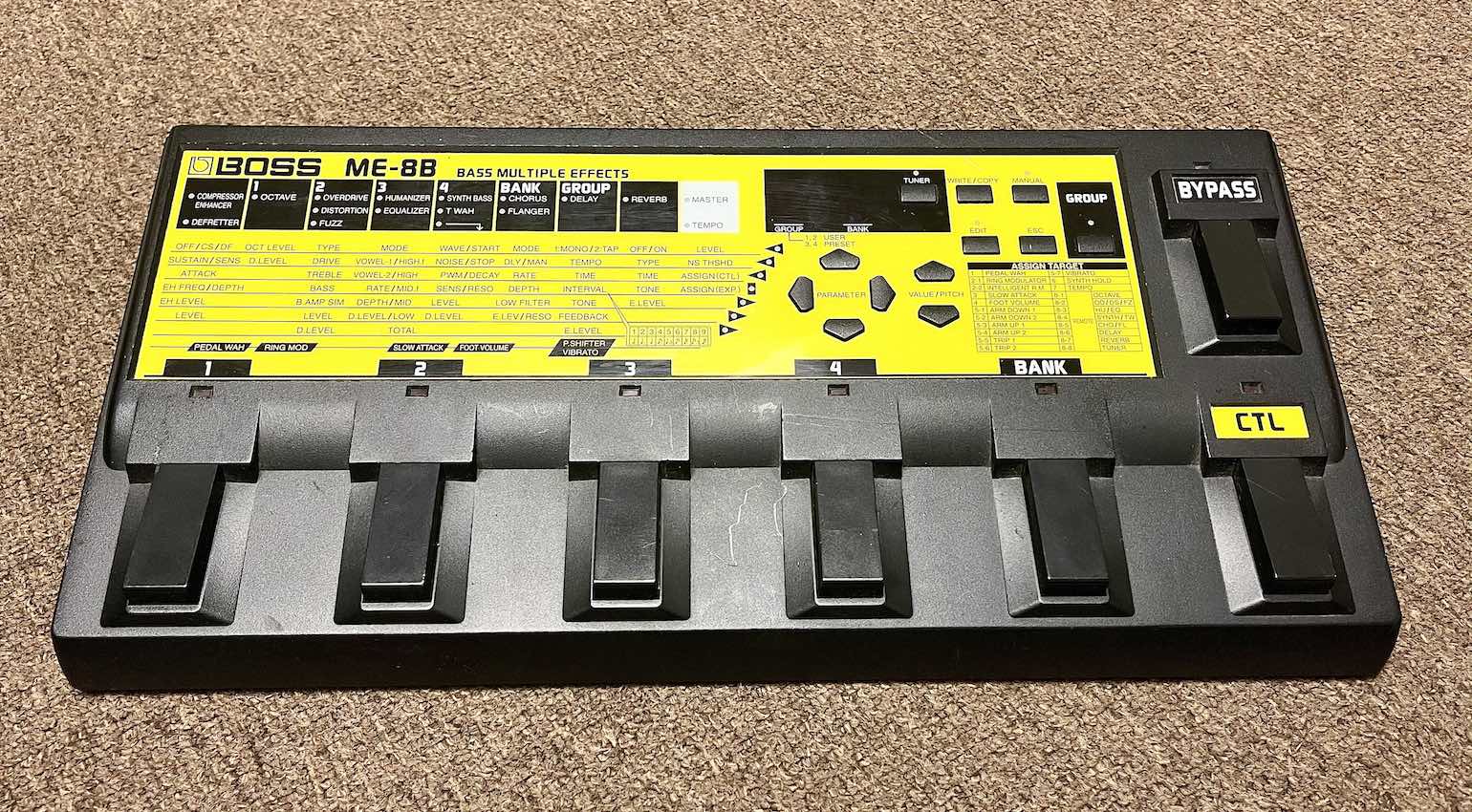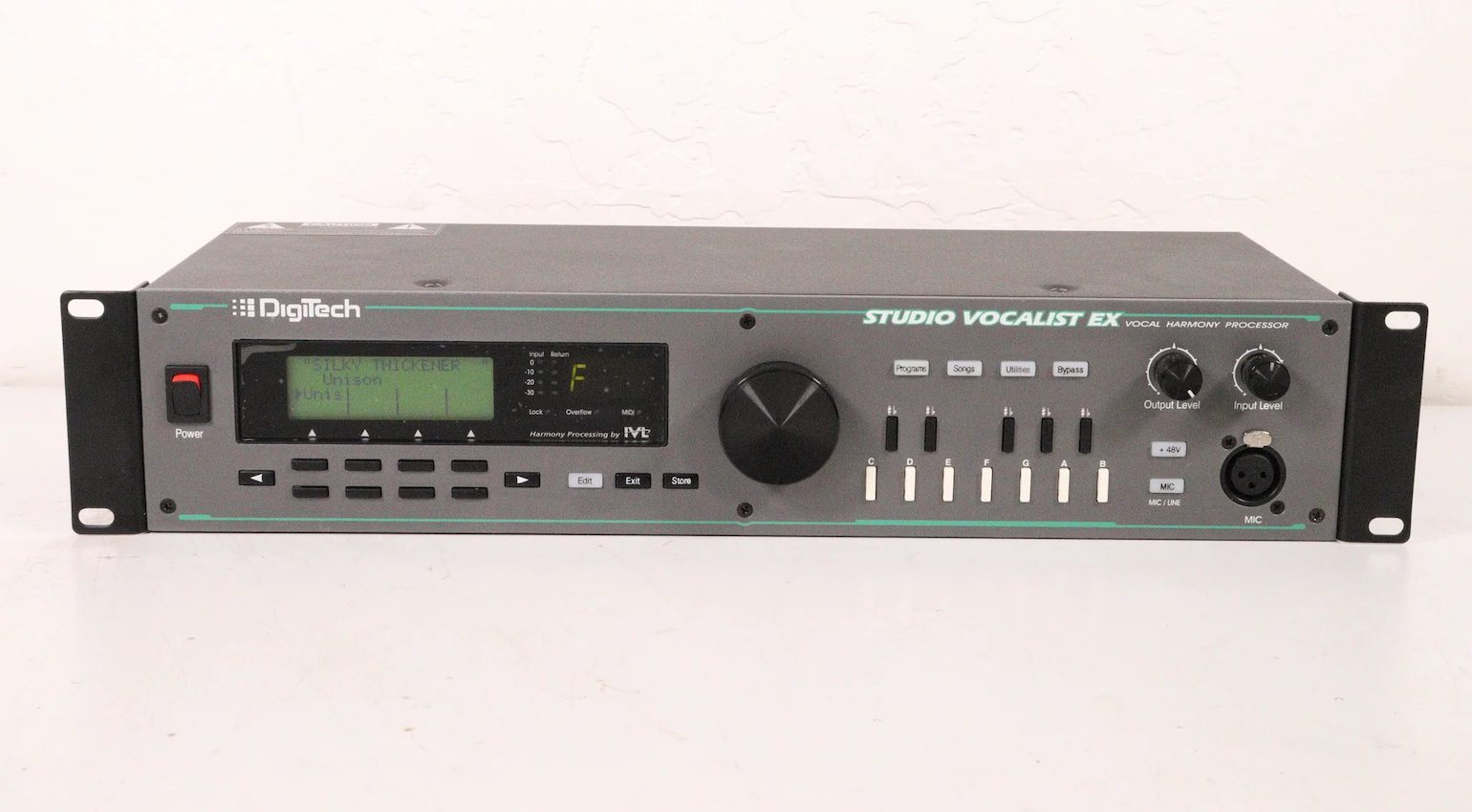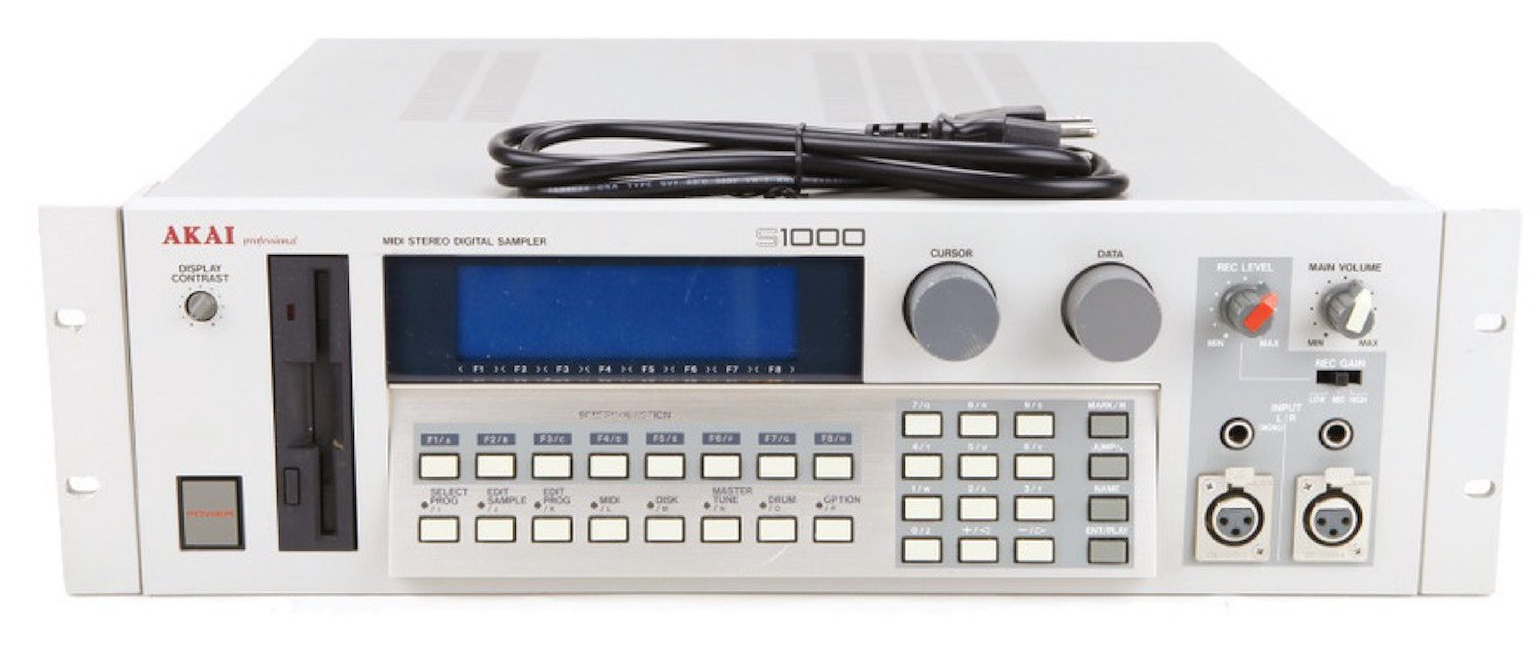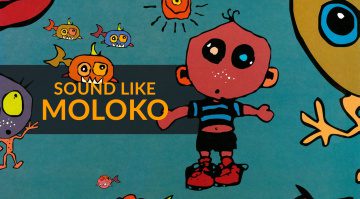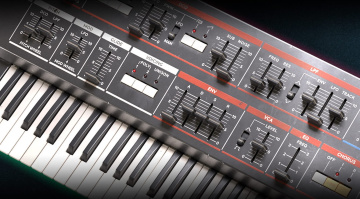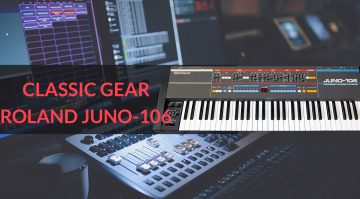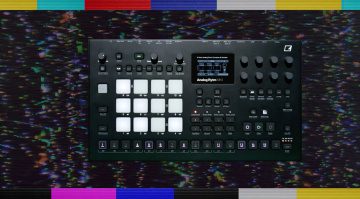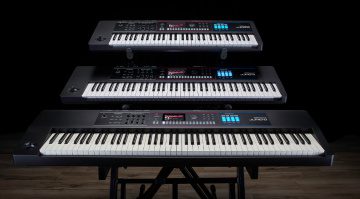It All Started With A Tight Sweater: How To Sound Like Moloko
We check out some of the key gear choices of the UK electronic band, Moloko, and discuss how they rose to prominence in the mid-1990s.
Moloko’s early sound relied on the fact that Roisin Murphy had little to no studio experience, while Mark Brydon had worked with the likes of Boy George and Cabaret Voltaire as a producer.
Instead of approaching recording like a traditional vocalist, she took a more theatrical approach, almost playing a range of characters across various seemingly nonsensical narratives.
Another crucial aspect of Moloko’s unique status as a band was due to the way they curated the remixes of some of their most notable records. This contextualization took their music into new directions and allowed them to often separate radio singles from what they were doing in studio.
The Moloko Sound
The duo defined their sound on their distinctively playful debut album, Do You Like My Tight Sweater? (1995), before bringing their music to a wider audience with tracks like Sing It Back (1998), The Time Is Now (1999), and Forever More (2003).
From samplers to vocoders, synths to guitars, anything could find its way into a Moloko mix with influences ranging from Jazz, Hip-Hop, R&B, Funk, Disco, and House.
Roland Juno-106
The Juno-106 remains one of the most popular synths ever designed due it its sheer usability on such a variety of records. It’s also incredibly easy to use and was an essential part of Brydon’s studio since the mid-1980s.
While the 106 shines on leads, bass, and pads as well as being renowned for its wider-than-wide chorus, it was the staple for Moloko’s basslines early on.
Today, you can get incredibly convincing Juno-style sounds from the Dreadbox Nymphes, which offers several playing modes and built-in reverb.

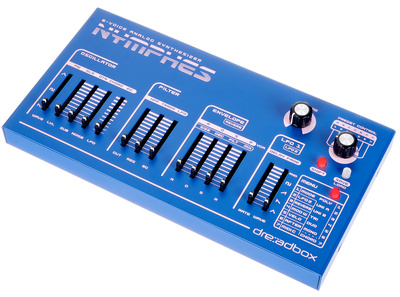
AKG C12
After using a more entry-level Audio Technica mic early on, Mark and Roisin switched to a vintage AKG during the recording of Sing It Back.
Combined with a suitable reverb setting from the Lexicon MPX processor, they were able to achieve a far more mature vocal sound than before, which brought a new dimension to their music.
If you’re looking for a similar sultry sound, the Avatone CV-12 is a relatively affordable recreation based on the C12 which is an excellent choice on female vocals.

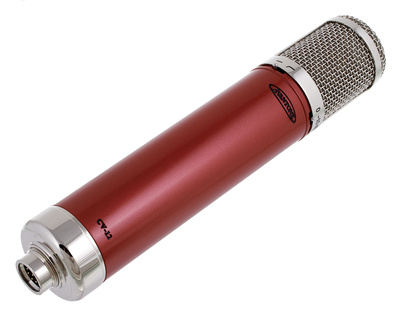
Boss ME-8B
The ME-8B was one of Mark’s favourite multi-effects pedals, and not just for bass guitar. It features 23 effects including ones designed specifically for synth bass, as well as a unique fretless bass simulation effect.
He found this versatile effects pedal useful on guitars, synths, electric piano, and just about any instrument he wanted to manipulate the envelope or filter in a synth-esk fashion.
It might not have the exact same patches as the ME-8B, but the GX-100 is about as versatile as it comes in terms of multi-effects pedals, with over 150 effects.

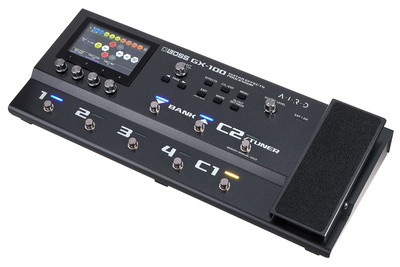
Digitech Vocalist
The Digitech Vocalist is one of the secret weapons behind the gender-bending pitch effects you hear on the vocals throughout the Moloko catalogue.
It has features like vocoder, chord recognition, and the ability to create 5-part harmonies, as well as a range of other effects. When combined with Roisin’s wacky vocal ideas, it proved the perfect tool in the context of electronic music.
For creating unusual vocal effects, the OBNE MAW is one of the more interesting pedals available and it has an effects loop for adding more pedals into your signal chain.

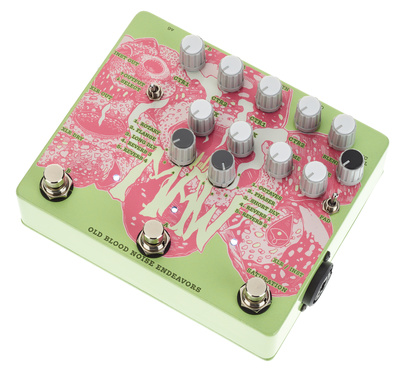
AKAI S1000
The overall sound on early Moloko records can also be attributed to samplers like the S1000 and S3000XL, combined with the Mackie 8-bus console in BAM studio at the time.
Mark used the samplers to create looped 16-bar sections of his musical ideas that could consist of a combination of riffs, beats, basslines, or chord progressions. Once he discovered Logic, however, he began to use the AKAI samplers more sparingly.
For creating your own beat loops without a DAW, the Elektron Octatrack is one of the best options available and it also provides 8 midi tracks for sequencing other gear.

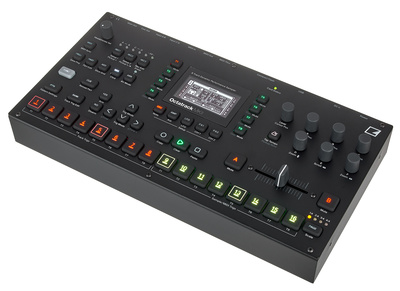
Which of your favourite artists would you like to see in our Sound-alike series? Please let us know in the comments below!
More about Moloko:
- Roisin Murphy official
- Mark Brydon’s official page
- More sound-alikes
Video:
You are currently viewing a placeholder content from YouTube. To access the actual content, click the button below. Please note that doing so will share data with third-party providers.
*This post contains affiliate links and/or widgets. When you buy a product via our affiliate partner, we receive a small commission that helps support what we do. Don’t worry, you pay the same price. Thanks for your support!
 2,9 / 5,0 |
2,9 / 5,0 | 